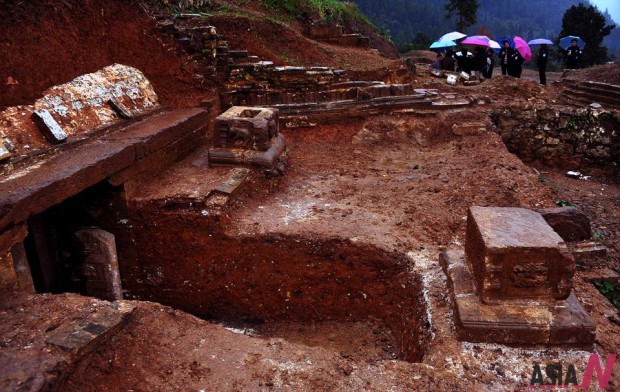“China’s Pompeii” may get UNESCO recognition
CHANGSHA, China – A bid has begun to have the ruins of Laosi town, known as China’s Pompeii for the site’s well-preserved cultural landscape and relics, recognized with a UNESCO cultural heritage listing.
The cultural authority in central China’s Hunan province, home to the ruins, confirmed Monday that it will urge China’s State Administration of Cultural Heritage to add Laosi to a tentative list of Chinese attractions for which the central body is aiming to get UNESCO recognition.
The bureau will submit the necessary application documents to the State Administration of Cultural Heritage before Saturday, it said.
If and when the state accepts Laosi onto the list and nominates it to UNESCO, it could take several years before a decision is made on its UNESCO recognition.
The Laosi ruins, located near Yongshen county, include ancient tombs, pavilions, streets, walls and stone sculptures — more than 12,000 relics in all.
Archeologists have recently concluded a two-year excavation of the site, and found the town that existed between 1135 and 1728 has an urban layout with a road network and complete drainage system.
Laosi represents the Culture of Yongshun Tusi Regime, which was a special system that China’s ancient dynasties applied to rule ethnic groups in certain regions by granting hereditary titles to local leaders.
Laosi was the political and economic center of the region, which is today’s Xiangxi Tujia autonomous prefecture, from the Southern Song Dynasty to the Qing Dynasty. <Xinhua>


























































